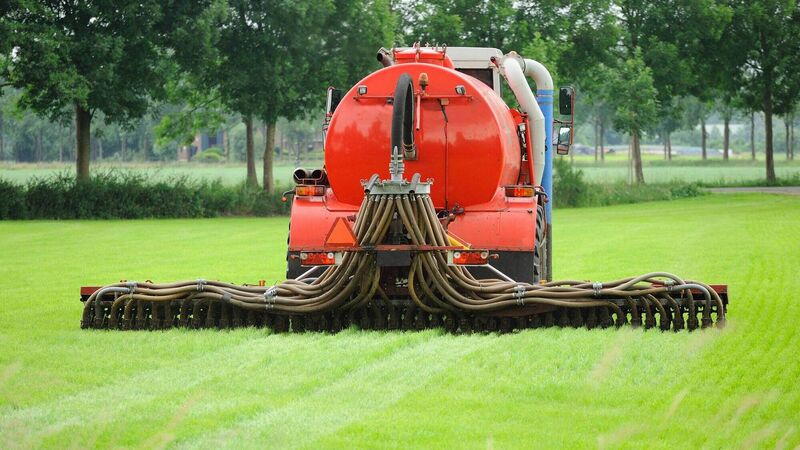How Dairygold plans to reach the 2030 carbon footprint target

Going from 15% to 100% low emissions slurry spreading is one of the methods listed for reducing the carbon footprint of Dairygold Co-op dairy farms by 40%.
Try from €1.50 / week
SUBSCRIBEIn recent years and months, carbon emissions and climate change have been central to every conversation, within every industry, when discussing sustainability.
Dairygold are no different.
Newsletter
Keep up-to-date with all the latest developments in Farming with our weekly newsletter.
Newsletter
Keep up-to-date with all the latest developments in Farming with our weekly newsletter.
Newsletter
Sign up to the best reads of the week from irishexaminer.com selected just for you.
Newsletter
Keep up with stories of the day with our lunchtime news wrap and important breaking news alerts.
Wednesday, November 19, 2025 - 10:00 PM
Wednesday, November 19, 2025 - 4:00 PM
Wednesday, November 19, 2025 - 10:00 PM
© Examiner Echo Group Limited